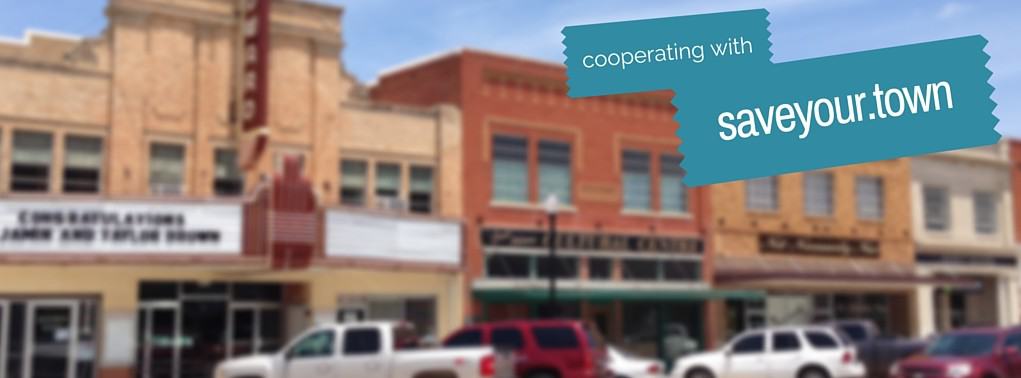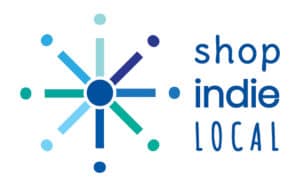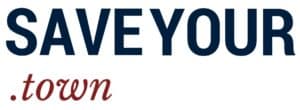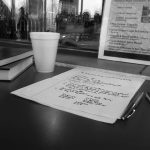You know more accounting than you think you do. So for this episode of the Small Biz 100, we’re going to build on what you already know, to get you through the accounting basics.
When I taught computer accounting classes to small business owners, this was always the first thing we went over together. So let’s start with the part you deal with every day: income and expenses.
Income and Expenses
Your income comes from sales, commissions, fees, or any other money you take in. The expenses are all the money going out: utilities, supplies, taxes, payroll, etc. Each category of income or expense is called an account. So you might have income accounts for ad sales, speaking fees, or product sales. And expense accounts for cell phone, office supplies, or legal fees.
If you stack the income on top of the expenses, it looks like this:
| Income: |
| Sales |
| Receipts |
| Fees |
| Commissions |
| Expenses: |
| Supplies |
| Utilities |
| Payroll |
| Taxes |
And when you put the actual amounts for each account out to the side, that gives a good picture of the money flowing through your business during a given time period. It’s called an Income Statement, or a Profit and Loss Statement, or just a P&L. You can create a P&L to cover a full year, a quarter, a month, or even a week, if needed.
That wasn’t too bad. We “get” that. But there is a whole other side to your business. That’s the property side.
Assets, Liabilities, and Equity
Besides money going in and out, your business owns some things. Cash, money in bank accounts, equipment, vehicles, buildings. But, you probably don’t own all of it outright. If your business owns a truck, a bank probably owns part of it, because you borrowed money to buy it. Now, you’ve paid the bank some of that money back, so that’s the part you own, or the equity in that truck. So there’s the asset, the truck, on one side, and on the other side, the truck’s value is divided into the liability, or the loan balance, and the equity.
Accounts receivable are also assets. That is money someone owes you, and will (hopefully) pay in the future. Accounts payable are liabilities. That’s money you owe on bills, credit cards, etc., that you’ll be paying pretty soon.
Current assets are ones you can spend or sell off quickly. You might have current asset accounts like cash, checking, and inventory. Fixed assets are ones that take longer to sell or convert to cash. Those will be accounts like land, buildings, equipment and vehicles. (You could break it down even further, with intermediate assets, but most accounting programs don’t make you do that anymore.)
Liability accounts might include loans, mortgages, accounts payable, and tax liabilities. Equity accounts are usually called owner’s equity, capital paid in, or investments (as in, money invested in the business).
Remember how I said the asset, the truck, was on one side, and the liability and the equity were on the other side? We’re going to do that right now, to build a picture of who owns what in your business.
| Assets: | Liabilities: |
| Current: | Loans |
| Checking | Mortgages |
| Savings | Bills Owed |
| Other Cash | Accounts Payable (A/P) |
| Recievables (A/R) | Tax Liabilities |
| Inventory Stock | |
| Fixed: | |
| Land | Equity: |
| Buildings | Owner’s equity |
| Equipment | Capital paid in |
| Vehicles | Investments |
When you include the amounts next to each account, you’ve built a Balance Sheet. Sometimes you may hear it called just a “Financial Statement.” We’ll stick with Balance Sheet, because that tells you exactly what kind of “financial statement” we mean.
It’s a snapshot of your business at a particular moment, so it always has a single date. Most commonly, a Balance Sheet is done for January 1.
Chart of Accounts
If we put all of those accounts together in a big list, that’s called the Chart of Accounts. It is a list customized to your business, based on how you set up your accounting.
Now, if you followed all of that, then you know about all the different types of accounts, you understand how the two most important financial statements are built, and you can relate it to your business. Hurray! That’s all the basics of accounting that you need to get right now.
This article is part of the Small Biz 100, a series of 100 practical hands-on posts for small business people and solo entrepreneurs, whether in a small town, the big city, or in between. If you have questions you’d like us to address in this series, leave a comment or send us an email at becky@smallbizsurvival.com. This is a community project!
Get the whole series by subscribing to Small Biz Survival. New to SmallBizSurvival.com? Take the Guided Tour.
- About the Author
- Latest by this Author
Becky started Small Biz Survival in 2006 to share rural business and community building stories and ideas with other small town business people. She and her husband have a small cattle ranch and are lifelong entrepreneurs. Becky is an international speaker on small business and rural topics.












QuickBooks automatically generates a Chart of Accounts for you depending on your business. The suggested COAs are designed by customer and accountant feedback, and can be easily customized after setup.
Thanks, Jared. I actually originally wrote this lecture for my QuickBooks courses. Once they got through the initial setup, I found many small biz owners needed some help to understand what the Chart of Accounts is all about, how all the pieces fit together. One student said this explanation was worth a million dollars to him!
Hi Becky,
Feel free to link to this presentation that I used for my design management students.
http://www.slideshare.net/Bhupesh/financial-management-overview/
Thanks, Bhupesh. You just did! :)
Becky, You have managed to break this topic down into a easy and understandable format, not only for beginners, but a refresher for intermediate users. Very good job. Thanks